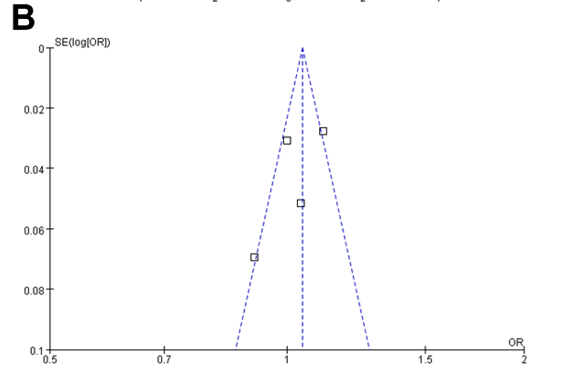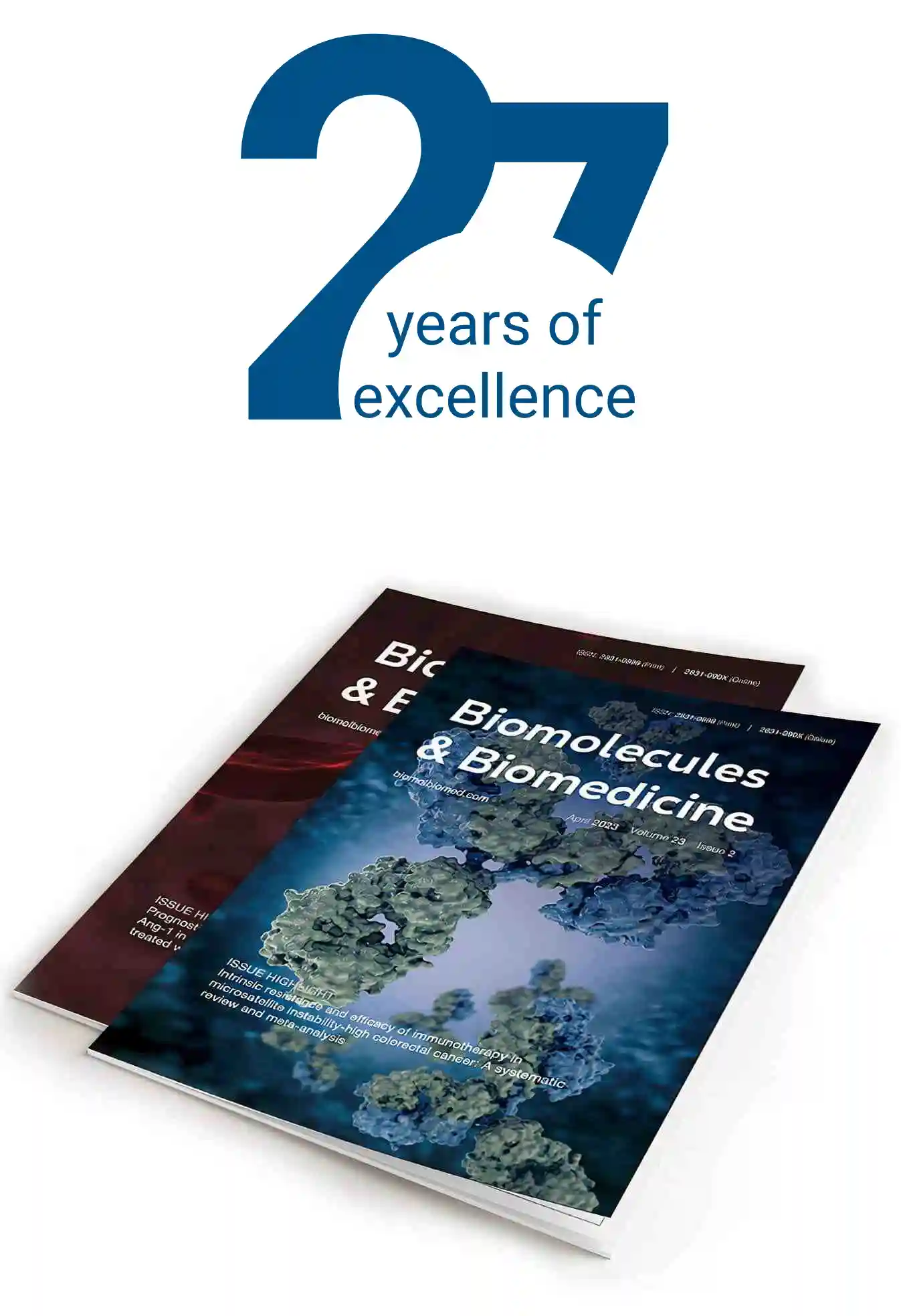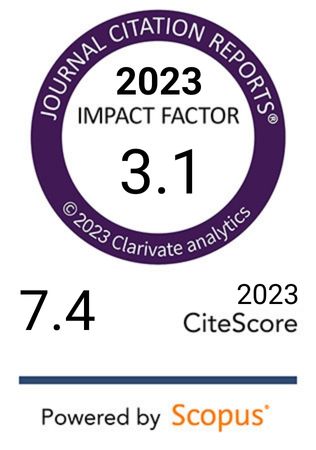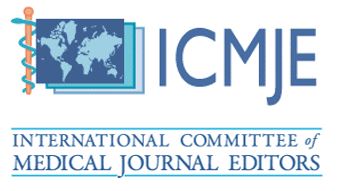The association of plasma homocysteine levels with short-term mortality in sepsis patients: A meta-analysis
DOI:
https://doi.org/10.17305/bb.2024.11259Keywords:
Homocysteine, hyperhomocysteinemia, sepsis, mortality, meta-analysisAbstract
The association between plasma homocysteine (Hcy) levels and short-term mortality in sepsis patients remains unclear. This meta-analysis aimed to clarify this potential relationship. Following PRISMA 2020 and Cochrane Handbook guidelines, we conducted a comprehensive literature search in the PubMed, Embase, and Web of Science databases up to June 24, 2024. We included cohort studies that assessed the association between plasma Hcy levels and all-cause mortality in adult sepsis patients. Standardized mean differences (SMDs) and odds ratios (ORs) with 95% confidence intervals (CIs) were calculated using a random-effects model to account for potential heterogeneity. Nine cohort studies involving 771 sepsis patients were included. Overall, no significant difference in plasma Hcy levels was observed between survivors and non-survivors (SMD: -0.23, 95% CI: -0.84 to 0.37, P = 0.45), with substantial heterogeneity (I² = 86%). Subgroup analysis revealed lower plasma Hcy levels among survivors in Chinese patients (SMD: -1.56, 95% CI: -1.98 to -1.13, P < 0.001) but not in non-Asian patients. Plasma Hcy levels were not significantly associated with all-cause mortality (OR per 1-unit increment: 1.03, 95% CI: 0.95 to 1.11, P = 0.51), with notable heterogeneity (I² = 72%). However, a significant association was found in Chinese patients (OR: 1.09, 95% CI: 1.03 to 1.15, P = 0.003), but not in non-Asian patients. In conclusion, plasma Hcy levels were not generally associated with short-term mortality in sepsis patients. However, significant associations were observed in Chinese patients, suggesting potential ethnic differences that warrant further investigation.
Citations
Downloads

Downloads
Published
Issue
Section
Categories
License
Copyright (c) 2024 Xinxing Lu, Xueyan Yuan, Yali Chao, Xiao Wu, Airan Liu

This work is licensed under a Creative Commons Attribution 4.0 International License.









